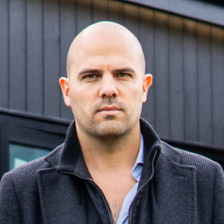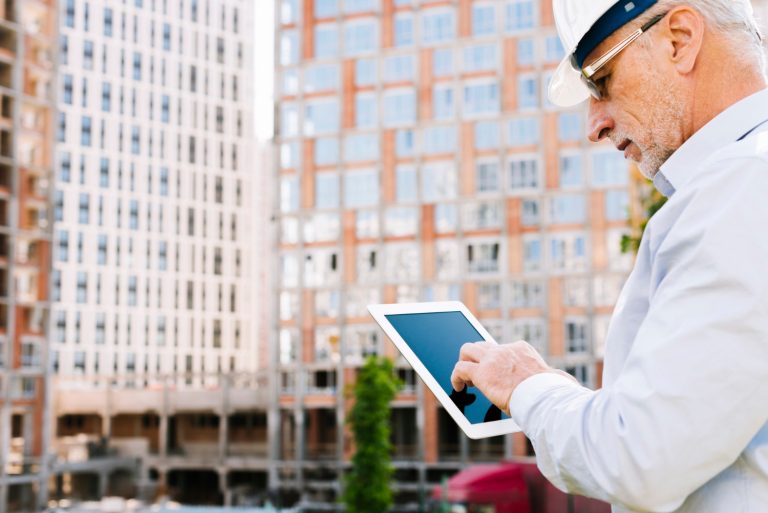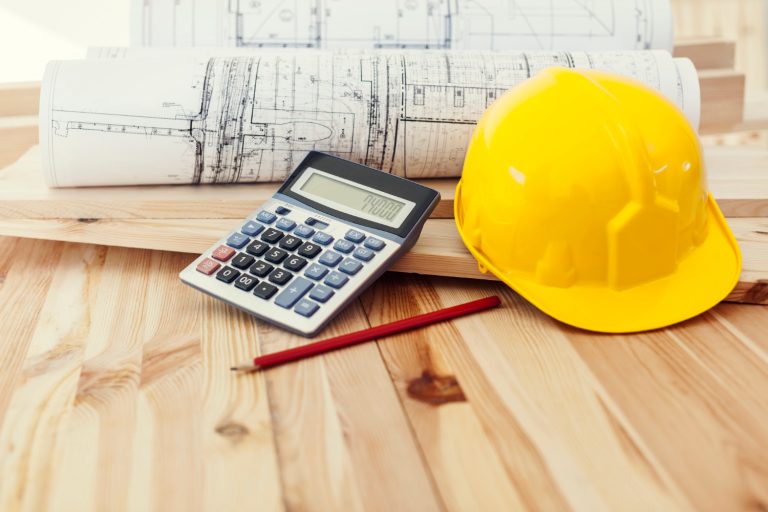Why Future-Proofing Offices Is Now Essential
Bay Area companies face a dual challenge: rising energy costs and stricter sustainability mandates. At the same time, the workforce increasingly expects workplaces equipped for modern lifestyles — from electric vehicle (EV) charging stations to renewable energy integration.
Future-proofing offices isn’t just about staying compliant; it’s about creating spaces ready for the next decade of growth, innovation, and energy evolution.
Key Elements of a Future-Proof Office
1. Electric Vehicle Charging Infrastructure
- EV adoption in California is projected to surpass 40% of vehicles by 2030.
- Adding Level 2 or DC fast chargers during renovations positions offices to support employees and clients.
- Incentive programs from PG&E and Bay Area Air Quality Management District offset installation costs.
2. Solar Energy Systems
- Rooftop solar arrays reduce reliance on grid electricity and shield businesses from volatile energy prices.
- Pairing solar with battery storage enhances resilience during outages — critical in seismic regions.
3. Smart Grid Integration
- Smart grid-enabled offices can shift energy usage during peak demand, lowering utility costs.
- Systems automate lighting, HVAC, and EV charging to maximize efficiency.
4. Flexible, Modular Infrastructure
- Designing with future expansion in mind (extra conduits, scalable solar arrays) avoids costly retrofits later.
Why Bay Area Companies Are Leading This Trend
- State Policies: California’s push for carbon neutrality by 2045 and CALGreen code updates encourage renewable adoption.
- Corporate ESG Goals: Tech firms and startups alike prioritize sustainability to attract talent and investors.
- Cost Savings: Solar + storage solutions deliver ROI in as little as 5–7 years with current incentives.
- Resilience: Future-proof offices maintain operations during blackouts, earthquakes, or grid disruptions.
Designing for EV Charging
Assess Demand
- Estimate employee EV adoption over next 5–10 years.
- Provide 20–40% of parking spaces with charging capabilities for future scalability.
Choose the Right Chargers
- Level 2: Affordable and suitable for daily office use.
- DC Fast Chargers: High-cost but ideal for client-facing locations.
Plan Electrical Upgrades
- Coordinate with utilities for service panel upgrades and demand management systems.
Leverage Incentives
- California Energy Commission and PG&E provide rebates covering up to 75% of installation costs.
Integrating Solar and Battery Storage
Rooftop Potential
- Flat commercial roofs in the Bay Area are ideal for solar arrays.
- Pairing with batteries reduces peak demand charges and offers backup power.
Financial Benefits
- 30% federal tax credit (IRA) + state rebates
- Accelerated depreciation under federal tax law
Operational Advantages
- Energy independence and predictable costs in a volatile energy market
Connecting to Smart Grids
Real-Time Energy Management
- Systems adjust HVAC, lighting, and EV charging based on grid demand and occupancy.
Demand Response Programs
- Earn utility credits by reducing load during peak events.
AI-Driven Optimization
- Predicts usage patterns to optimize battery charge/discharge cycles.
Case Study: Palo Alto Tech Campus
A tech company remodeled its 100,000 sq ft HQ to include:
- 200-kW solar array with 500-kWh battery storage
- 30 EV charging stations with load-balancing controls
- Smart grid integration cutting energy costs by 25%
Result: The campus maintained full operations during rolling blackouts and met internal ESG goals ahead of schedule.
Steps to Future-Proof Your Office Remodel
- Energy Audit: Evaluate current infrastructure and opportunities for solar, storage, and EV.
- Plan for Scalability: Install conduits and panels sized for future demand.
- Stack Incentives: Combine federal, state, and local rebates for maximum ROI.
- Integrate Smart Systems: Use building automation to monitor and optimize performance.
- Engage Experts Early: Partner with design-build firms experienced in sustainable office projects.
Final Thoughts
Future-proofing isn’t about predicting the next trend — it’s about building flexible, resilient systems that adapt to change.
Bay Area companies adopting EV, solar, and smart grid technologies today are setting the standard for sustainable workspaces in 2025 and beyond.
GC44 helps businesses navigate the complexities of future-proof renovations — from design to incentives — ensuring projects meet today’s needs and tomorrow’s challenges.






